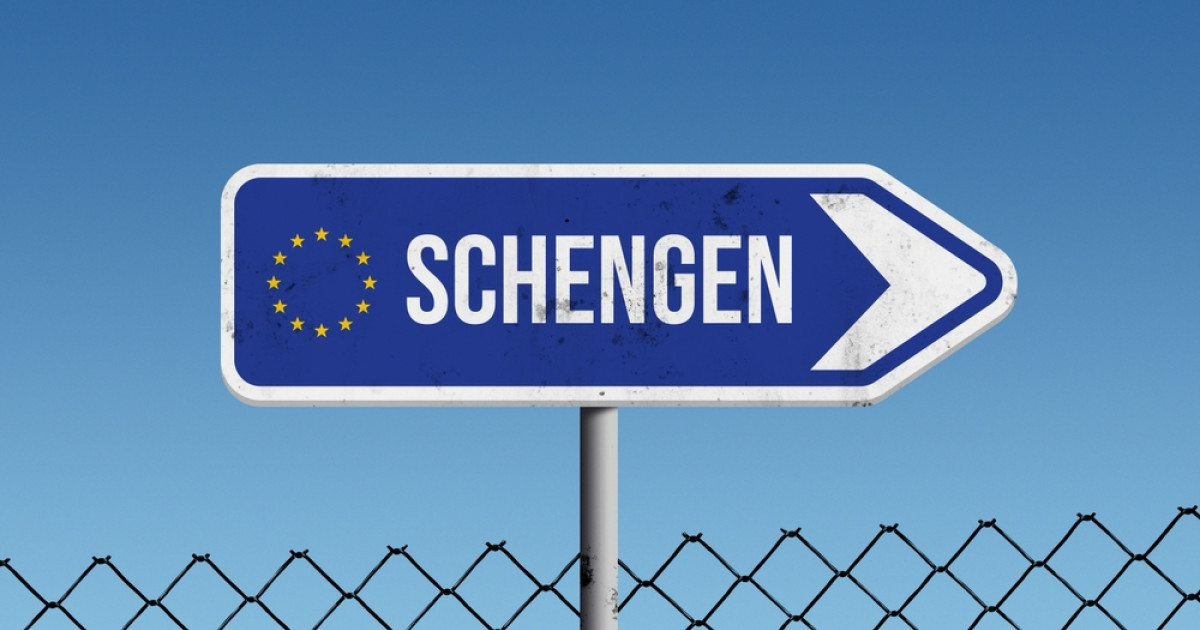Schengen Area Immigration Updates: All You Need To Know Now

If you’ve been following Schengen Area immigration updates, you already know that the rules are changing rapidly. From new digital travel authorizations to revised visa fees, border reforms, and special permits for students, workers, and families, these updates affect a wide range of people planning to visit or stay in Europe. Understanding what each change means can make the difference between a smooth entry and unexpected delays.
In this guide, we’ll break down the most important developments shaping Schengen immigration policy and explain in plain language how they impact travelers, workers, students, and families.
ETIAS Digital Travel Authorization: A New Requirement for Visa-Exempt Visitors
One of the biggest changes in Schengen Area immigration updates is the ETIAS system. This new electronic travel authorization is mandatory for all travelers from visa-exempt countries. Essentially, if you previously could enter Europe without a visa, you will now need to apply online before your trip.
The application process asks for basic personal details, your travel history, and biometric information. There is a small fee of seven euros per application, but children under eighteen are exempt. Once approved, ETIAS is valid for three years or until your passport expires, whichever comes first. The purpose is primarily security-focused, allowing authorities to screen individuals flagged in intelligence databases before they reach the border.
Travelers should plan ahead, complete their ETIAS applications early, and ensure their passport details are correct to avoid last-minute complications. This system will ultimately make travel safer and more predictable, but only if you stay informed and prepare in advance.
Visa Fee Increases for Third-Country Nationals
Another important Schengen Area immigration update affects the cost of short-stay visas. Application fees for Schengen visas are set to rise from 80 to 100 euros, reflecting higher processing costs. Young adults between eighteen and twenty-five continue to benefit from a reduced fee of fifty euros, making travel more accessible to students and young travelers.
Frequent travelers can also take advantage of a new provision allowing multiple-entry visas valid for up to five years. While the increase may feel significant, it helps fund improved visa processing systems and better customer service at consulates and visa centers across the Schengen Area. If you are planning a trip, budgeting for this change will ensure there are no surprises when you submit your application.
Stronger Border Control Measures
Border security remains a key focus of Schengen Area immigration updates. European authorities have introduced several measures aimed at strengthening external borders while maintaining lawful travel.
The European Border and Coast Guard Agency has expanded its presence, especially in high-risk entry points, and rapid intervention teams are being trained to respond to sudden migrant movements or security incidents. Data sharing between member states, INTERPOL, and Europol has increased, improving the ability to track irregular migration.
Automated identity checks are now mandatory at land, sea, and air borders, with biometric gates ensuring accurate identification. Joint operations, including maritime surveillance missions in the Mediterranean and Balkan regions, are also part of the new measures. Together, these reforms prioritize the prevention of illegal entry while keeping travel for legitimate visitors as smooth as possible.
Long-Term Visa Reforms and Skilled Mobility
Schengen countries are making it easier for skilled professionals to live and work across borders. National long-term residence permits and work visa categories have been harmonized, particularly through updates to the Blue Card system.
Foreign qualifications are now recognized more easily, allowing skilled workers to access jobs without lengthy validation processes. A new intra-EU talent mobility scheme enables multinational companies to move employees across borders with minimal bureaucracy.
Residence permits have been standardized into a five-year card that combines the right to reside, work, and reunite with family members. This single card simplifies procedures and allows holders to move freely within the participating Schengen states. The reforms encourage skilled labor mobility while maintaining clear legal and administrative frameworks.
Streamlined Family Reunification
Family migration has also been updated to reduce delays and bureaucratic hurdles. Minimum income requirements for sponsors have been standardized across member states, reflecting each country’s median wages. Processing timelines for spouse and child visas have been shortened, with many countries aiming for decisions within six months.
Police checks are now faster through mutual recognition agreements between states, and spouses often have the right to work while applications are pending. Some countries even allow applicants to remain in the country while follow-up petitions for additional family members are processed. These reforms make it easier for families to stay together without facing extended periods of uncertainty.
Student and Researcher Mobility
Schengen immigration updates have also targeted students and researchers to improve retention and ease of access. Study permits now typically include a one-year residence authorization, renewable for the duration of the study program, plus an additional year to search for work.
Researchers benefit from special entry rights allowing them to work on or off campus without additional permits. An EU-wide startup visa is now available for student founders supported by local incubators. Universities and research centers can issue unified invitation letters, simplifying the application process. Additionally, integration services such as housing support, language training, and job orientation are increasingly available, helping international students adapt and thrive.
Temporary Protection for Crisis-Displaced Individuals
Recent Schengen Area immigration updates also address humanitarian concerns. Individuals fleeing conflict zones or large-scale human rights violations are now eligible for temporary protection.
This protection provides residence permits, healthcare, education, and work rights. Special integration programs funded by the EU and member states help displaced persons settle into local communities. Initially valid for one year, protection can be extended based on evolving circumstances. Families are also able to sponsor minors and elderly relatives under humanitarian routes, reflecting a coordinated and compassionate approach to global crises.
Digital Nomad and Senior Citizen Visas
Recognizing the rise of remote work, some Schengen countries have introduced digital nomad-style permits. These visas allow remote workers to live and travel across the Schengen Area while working for clients outside Europe.
Permits are typically issued for twelve to twenty-four months. Applicants must demonstrate financial independence with a minimum income, often around 3,500 euros per month. Employment within the host country is generally restricted, with only self-employment for non-EU clients allowed. Some member states offer pathways to long-term residency for individuals maintaining continuous residence. This approach attracts skilled global professionals while supporting local economies through consumption and community engagement.
Seasonal Agricultural Worker Scheme
Agriculture continues to rely on migrant labor, and seasonal worker programs have been updated to ensure consistency and fairness. A common set of rules across member states reduces confusion, and employers benefit from faster application processing and shared labor pools.
Workers receive legal protections regarding wages, accommodation, and occupational health. Seasonal visas are non-renewable, but returning workers can obtain new entry permits each season. Cooperation with origin countries ensures a steady supply of labor while protecting migrant rights. These programs are essential for sustaining EU agriculture and meeting seasonal labor demand without exploitation.
What Schengen Area Immigration Updates Mean for You
These updates impact travelers, workers, students, entrepreneurs, and families differently, but staying proactive makes all the difference.
For travelers, it is crucial to prepare for ETIAS applications and be aware of biometric checks at ports of entry. Budgeting for higher short-stay visa fees and considering multiple-entry permits is also essential. Professionals should investigate Blue Card reforms and cross-border employment rights, while families planning reunification should gather income proof and relationship documentation early.
Students and researchers need to understand integrated work and study permits, and displaced individuals should check whether temporary protection schemes are active in their destination country. Remote workers can explore digital nomad visas, ensuring they meet financial requirements. Seasonal agricultural workers should consult employers about streamlined permits and legal protections to safeguard their employment.
Being informed and prepared allows you to navigate these evolving rules confidently, minimizing delays and unexpected obstacles.
Conclusion
Schengen Area immigration updates reflect a broader shift toward modern, streamlined, and secure migration systems. From digital travel authorization and visa fee reforms to talent mobility, family reunification, student support, and crisis response programs, these changes demonstrate European priorities around security, innovation, economic growth, and humanitarian responsibility.
Whether you are a tourist, student, worker, entrepreneur, or displaced family member, staying current with Schengen Area immigration updates allows you to plan ahead, travel confidently, and make informed decisions about your stay in Europe. Preparation and awareness are your best tools in navigating this complex and evolving landscape.













